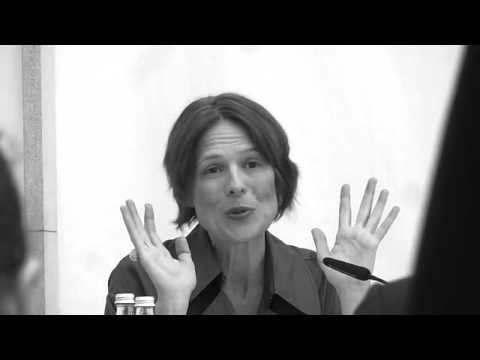Art & Hyperreality: reconsidering the notion of art as representation.
11 de noviembre de 2010
In 1975, upon returning to Italy from a long journey to the West of the USA, Umberto Eco published Travels in Hyperreality. With this seminal essay, he pondered on a new state of culture – hyperreality – within which the notion of original and copy or replica, cease to exist; or wherein which the common notions of real and fake – which imply a hierarchy between two objects – are no longer valid. Indeed, sometimes, the fake is more “real” than the original, given the specificity of the context in which it may be experienced. Taking our cue from his conclusions, one could say that, whereas the notion of original and replica no longer can be sustained in our post-industrial society, the notion of art as representation may also need to be re-assessed.
With the invention of the Ready-Made, Marcel Duchamp put the notion of artistic intent at the core of the art making practice. Questioning the very notion of art as object, he may in fact be the first to have enacted this shift into hyperreality. The bottle holder or the urinal, once displaced, may appear more real than when relegated to their purely utilitarian function, in the kitchen of the toilet.
Since then, art making has more often consisted in the staging of various cultural fragments, and/or in the production of objects that borrowed from mass production, either as process or as objects (or a combination thereof). To produce artworks for an exhibition today, one needs electricians, bricklayers, sign painters, carpenters or engineers, in addition to the registrars and installation crew. The works on view will more often than not be built or staged for the purpose of a specific exhibition and possibly destroyed thereafter, to be rebuilt elsewhere.
The process of art making has hence become much closer to “reality” than when artistic practice was predicated by the mastery of painting, etching, drawing or sculpture. That shift is of course seminal, in understanding how contemporary art differs from more classical counterparts. Indeed, even classical forms (drawing, painting, or sculpture) have been affected by these shifts, if only because choosing to stick to these more canonical ways is in itself a conceptual statement.
Meanwhile, reality has become increasingly complexified by the advent of multiple virtual extensions. Time and space vary according to new parameters, and the multiplied forms of communication and experience sharing in today’s world call for a continued re-thinking of what such words as “now”, “then”, “here” and “there” may in fact signify. Increasingly, one’s daily routine is mediated, and so are human relationships, which can be developed and maintained without people ever meeting in the “real” space. This pre-eminent mediation of experience has progressively re-mapped one’s notion of space, time, as well as one’s notion of the real. One spends an enormous amount of time in front of a screen switching between spreadsheets and chat windows, text and moving images, real time weather report and email. One’s body might as well be reduced to eyes, ears and fingers.
On screen, the hierarchy of information changes, as well as the perception of it. One may for instance have a more acute sense of what is happening thousands of miles away than down the street, and it is fascinating to think that one may in fact learn about what’s around the corner only when it becomes juxtaposed to a world summit or a natural catastrophe on the other side of the planet.
In that sense, Hyperreality could therefore be a useful recourse, to describe the current state of culture, in which art may in fact be more “real” than the reality it relates to. In truth, one may recall Oscar Wilde’s famous quote, that proposed that “Life imitates art”, over a hundred years ago. Yet it is really the Twentieth Century that has demonstrated that Wilde’s quote has actually proved to be more than just a prophecy.
(to be continued…)


